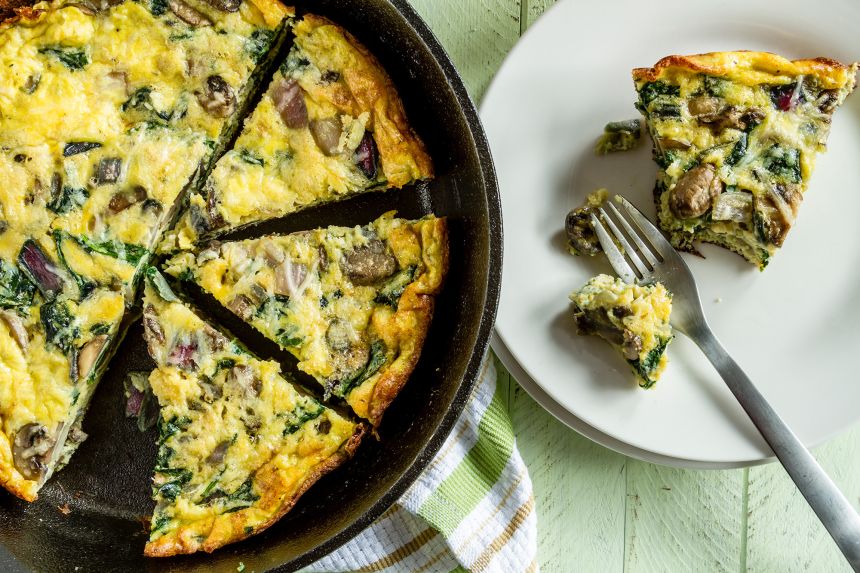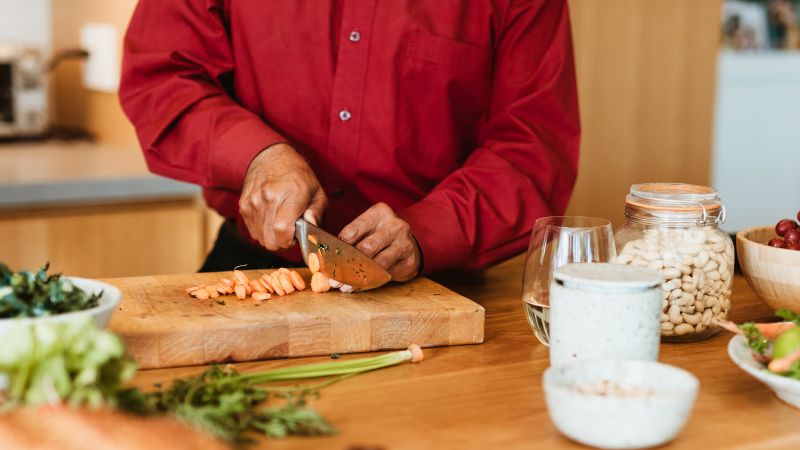Millions of tons of food are wasted each year in the United States alone.
About 35 million tons, to be specific, according to the latest ReFED report. Some 31% of food that is grown and produced goes unsold or uneaten in the US, estimates ReFED, a nonprofit organization focused on reducing food waste.
Half of all the food waste comes from consumers. “That’s either groceries — the strawberries that spoil in your fridge — or the meal you ordered at the restaurant and only hate half of or didn’t eat the leftovers when you brought them home,” said Sara Burnett, executive director of ReFED.
That waste wreaks havoc on our planet, she said, noting that 35 million tons of food waste “is equivalent to the greenhouse gas emission of 154 million metric tons of carbon, which is about the same as driving 36 million passenger cars for a year, and it consumes 9 trillion gallons of water, which is about 13 million Olympic-sized pools.”
On Thanksgiving alone, ReFED estimated that 320 million pounds of food— $550 million worth— will be thrown away in a single day.
The amount of waste is not decreasing even as inflation and food prices rise, according to Burnett, and the cost of being wasteful goes up.
We owe it to our wallets and to the planet to do our darndest to reduce any possible waste. Luckily, there are plenty of ways to preserve fresh ingredients for long-term consumption — by drying, freezing, canning, pickling, baking and repurposing them.
“When I was first learning to cook, if a recipe told me to cut off and discard a kale stem, I did it. I didn’t know it was edible, and I didn’t know about the impacts of wasting food,” said Lindsay-Jean Hard, a writer for gourmet food business group Zingerman’s and author of “Cooking With Scraps: Turn Your Peels, Cores, Rinds, and Stems Into Delicious Meals.”
“Education is a huge piece: questioning our assumptions, educating ourselves, and then sharing that knowledge with others so we can all do a little better,” she noted.
Here are some useful ways to stop wasting food.

Chef Michele Casadei Massari suggested implementing simple systems at home that work for you such as an “opportunity box” in the fridge, containing “trimmed, labeled bits ready to become soup, salad, or frittata.”
“Buy less but more often, store correctly, pre-portion, and give every item a ‘next-life plan’ the day it arrives,” Massari, CEO and executive chef of Lucciola Italian Restaurant in Manhattan, said via email.
Hard takes those scraps and tucks them into frittatas and stratas.
“Both are great back-pocket recipes, (which means) they’re easy to pull together… and can handle all sorts of odds and ends.”
Her advice for diving deeper into zero-waste cooking is to pick one or two ingredients you are not used to using, maybe stale bread or root vegetable greens, and start incorporating them in your cooking — then add more as you go. (Remember bits of bread can be frozen for other recipes, and vegetables can be pickled or frozen for stock.)
“Many home cooks are already really thoughtful about food utilization, whether from necessity, growing up around it, or being taught. Others of us might not be yet,” she said. But we can get there.
Claire Dinhut, a content creator and author of “The Condiment Book: Unlocking Maximum Flavor With Minimal Effort,” is a big proponent of using every last bit of flavor in any jarred or bottled product you have on hand. She demonstrates this strategy in her “never rinse a jar” videos that she posts on social media.
A nearly used up jar of Dijon mustard or mayonnaise is the perfect opportunity to make a salad dressing, she shows in the videos, and an almost empty jam jar can become the perfect vessel for a yogurt bowl, a chia seed pudding and much more.
“My favorite thing that I’ve been doing this summer is — you know, I’ve always loved matcha, but I didn’t realize that I liked different flavored ones,” Dinhut said. “So now, anytime I’m done with a jar of jam or jelly, I always put milk in it the night before, then the next morning, I already have a nice, flavored milk.”
It’s important to question any recipe and our ideas around the usable parts of each ingredient. Who says you need to peel potatoes or carrots?
“Having a sense of curiosity and questioning your habits — do you really need to peel that carrot? — is a helpful frame of mind to go into it with,” Hard said.
Scraps can even act as flavor enhancers of their own, as in the case of a banana bread recipe from Zingerman’s Bakehouse, an artisanal bakery in Ann Arbor, Michigan, that uses the whole banana, peel included, Hard said.
“Not only does it reduce food waste, including the peel gives the bread a stronger banana flavor, but it’s a great example of something that truly does taste better made with ‘scraps,’” she added.
You can find the Oh So A-peel-ing Banana Bread recipe in “Celebrate Every Day,” a Zingerman’s cookbook that Hard coauthored. A version of the recipe is also available here.
Francesca Giuliani Hoffman is an editorial producer for CNN’s “Erin Burnett OutFront.”
Sign up for CNN’s Eat, But Better: Mediterranean Style. Our eight-part guide shows you a delicious expert-backed eating lifestyle that will boost your health for life.


Dining and Cooking